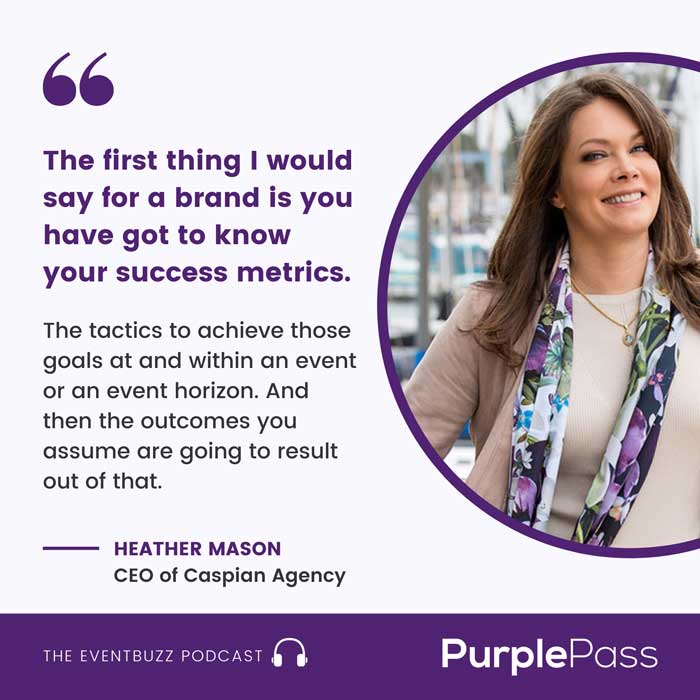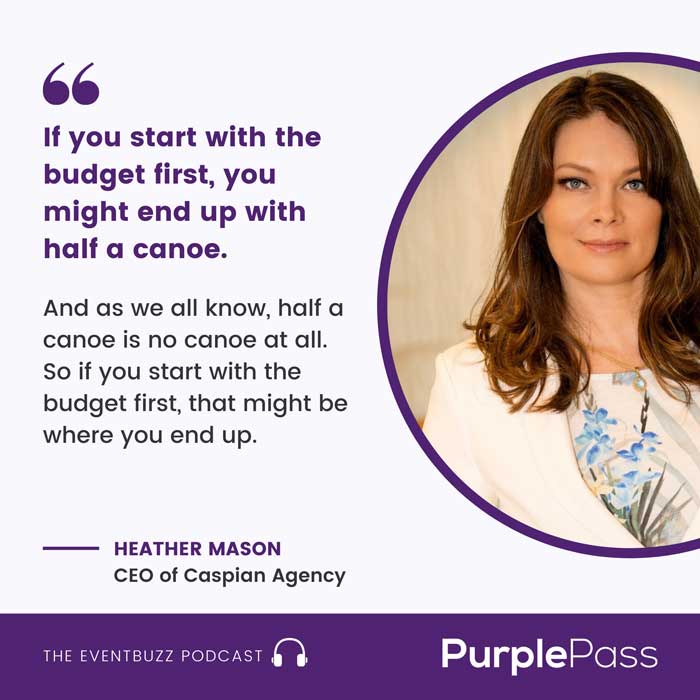The First 5 Stages of Event Planning: Start with These Steps
The general perception is that organizing events is one of the most stressful jobs in the world. While this is partly true, it doesn’t always have to strain your nerves.
And the trick is having a contemplative, strategic, and thoughtful approach towards events planning.
|
Request your venue seating map We build an unlimited amount of maps for |

Successful event planning requires being strategic
“I’m so sick of running back and forth that I could throw up!”
You must have heard of event organizers using this phrase, or you might have used it as well. Ironically, most people don’t say this out of frustration but as an assertion that they’re working overboard to ensure that the event they’re organizing is a success.
And that’s where we begin; there’s a weird sense of pride in running around and working overtime in the event planning industry. We all want to be busy to prove a point that we are productive and worthwhile. The truth, however, is that this is a sign of a disorganized industry.
Why overstress yourself when you can instead use less effort with tested and proven techniques to achieve the same results, or even better?
Every industry has its best practices, and event planning is no exception. For far too long, stakeholders in this field have been relying on trial and error. Well, we can partly blame this on the lack of a definitive event planning methodology.
Purplepass' Marketing Director, Savannah McIntosh, had a sit-down with Heather Mason (Founder and CEO of Caspian Agency) and prepared the following guide on where to begin when you’re planning an event.
You can find the entire interview here.
Stage #1: Identify your success metrics
Most people will jump straight to booking a venue or speaker or securing funds even before fully deciding what the event intends to achieve. As we will demonstrate, this is the normal but not the right way of planning an event.
The first step should be identifying your success metrics.
Mason advises that you should do this in the following four steps, which she christens “GOTAM”:
-
Goals: What do you intend to achieve by the event? Is it to generate revenue, increase brand awareness, promote sales, pass information, etc.?
-
Tactics: Highlight a step-by-step plan on how you’ll achieve the goals mentioned above.
-
Outcomes: What results will you achieve using these tactics?
-
Measurements: How will you measure these returns or outcomes?
The success metrics are like a compass to guide your subsequent steps. Whatever decisions you make should be geared towards helping you achieve your set goals.

Stage #2: Do an audience mix analysis
This is arguably one of the most crucial steps in events planning, yet often given a backbench. According to Mason, you must know “the ratio in which your participants and their categories have to show up” for you to consider your event worthwhile.
Audience mix analysis is a departure from the conventional approach of considering audiences as equal and uniform. Audiences are not similar. Therefore, once you’ve outlined your goals, interrogate the various categories of your participants or target audiences and how they relate to your event.
Consider asking yourself the following questions:
-
What are my audience’s personas?
-
What value will they get from the event?
-
What value will your business derive from them?
Stage #3: Content mapping
According to Mason, “you can map content for any event even if you are not a subject-matter expert provided that you have done the first two steps correctly.” Identifying your success metrics and analyzing your target audience is enough to help you determine the content you need to achieve your goals.

Stage #4: Booking location and setting a date
You should decide on dates, location, and time only when you’re done with the first three steps.
If the venue is in high demand, and you have to secure it as soon as possible, then fast-track the audience analysis stage. This is because you must first ensure that the right people will be at the said location when you want them there. Even with the best venue, if your key participants will not be there, your event is dead before it starts.
If possible, set dates before deciding on the location.
That way, you make your target audience aware of your event without committing to a site that you aren’t sure will be ideal. Better still, you can give a duration. For example, you can say, “We will be having our event in June next year for four days,” and ask participants to register their interests. This allows you to gauge the temperature and is an excellent opportunity to market your event and ask the target audience to select their preferred dates and locations.
If you find out that several people are willing to attend the event but can’t make it to the venue physically, consider having a hybrid event. Times are changing, and if there’s one thing event organizers can learn from the pandemic, it’s the fact that the online space is the new oil.
However, you don’t have to choose between going to live or physical when you can have both.
Stage #5: Put your budgeting last
A common mistake most event organizers make is setting the budget at the initial stages of planning. Mason points out that “the problem of working on the budget first is that you’ll always be building towards a shack.”
When you set the budget before determining your objectives, you’ll only set goals that can fit within your budget.
With this approach, everything will seem expensive. That’s because you won’t have anything to measure the costs against. If you determine your objectives first, you’ll be making informed budgetary decisions based on the expected returns on investment.








